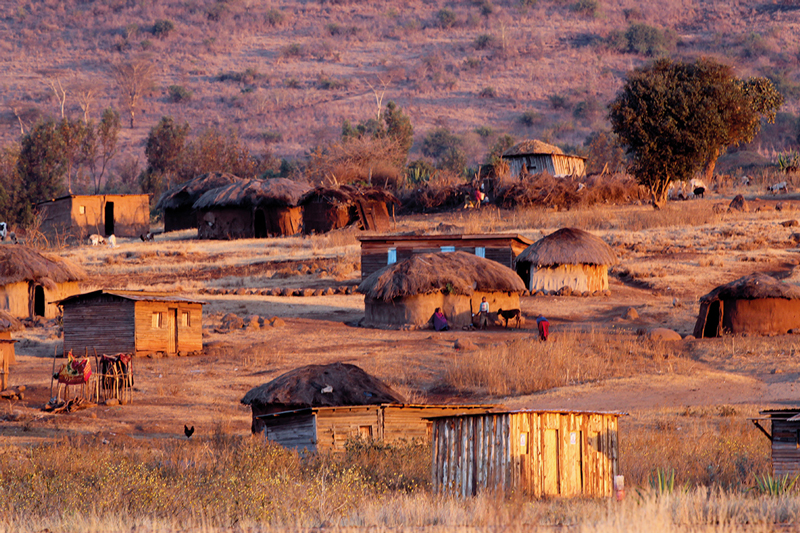Honeyguide
Proving Community Conservation Can Work in Tanzania
Honeyguide’s mission is to make community-based conservation deliver in northern Tanzania. It brings sophisticated technical, management and business skills directly to local communities at key sites, designing and testing out a conservation model that can be replicated countrywide.
Their key near-term focus is to deliver self-sustaining Wildlife Management Areas (WMAs)—community-run conservation areas established under Tanzanian law—in at least two sites in northern Tanzania. These sites are located next to key protected areas and provide critical habitat and migration routes for elephants, zebra, giraffe and many other species.
Getting WMAs to deliver for communities and conservation has been one of the most important conservation challenges in Tanzania for the past 20 years, and Honeyguide has designed its work to tackle this challenge and get WMAs to fully deliver.
Honeyguide works across approximately 400,000 hectares of community lands in one of the world’s most important landscapes for wildlife.
How Honeyguide Achieves Impact:
Honeyguide works to change local communities’ incentives and behaviors so that the people living alongside wildlife will value and protect it. Their interventions combine five key ingredients:
The core premise of community-based conservation is that if local people can benefit from wildlife, and have clear rights to manage it, then they will protect wildlife and its habitat. Through Honeyguide’s work, we see evidence of this becoming reality in northern Tanzania. Communities at their key WMA focal sites are earning more from tourism, and wildlife is recovering, as new published research from Randilen WMA demonstrates.
Giraffe numbers in Randilen WMA
Source: Lee, D. E., & Bond, M. L. (2018). Quantifying the ecological success of a community-based wildlife conservation area in Tanzania. Journal of Mammalogy, 99(2), 459-464.










